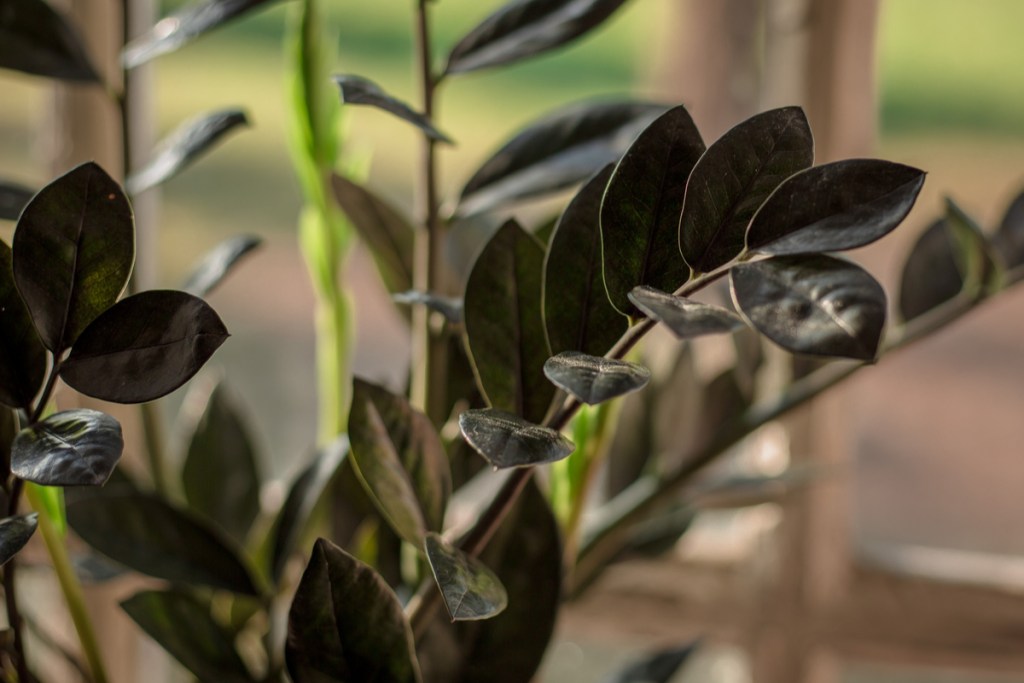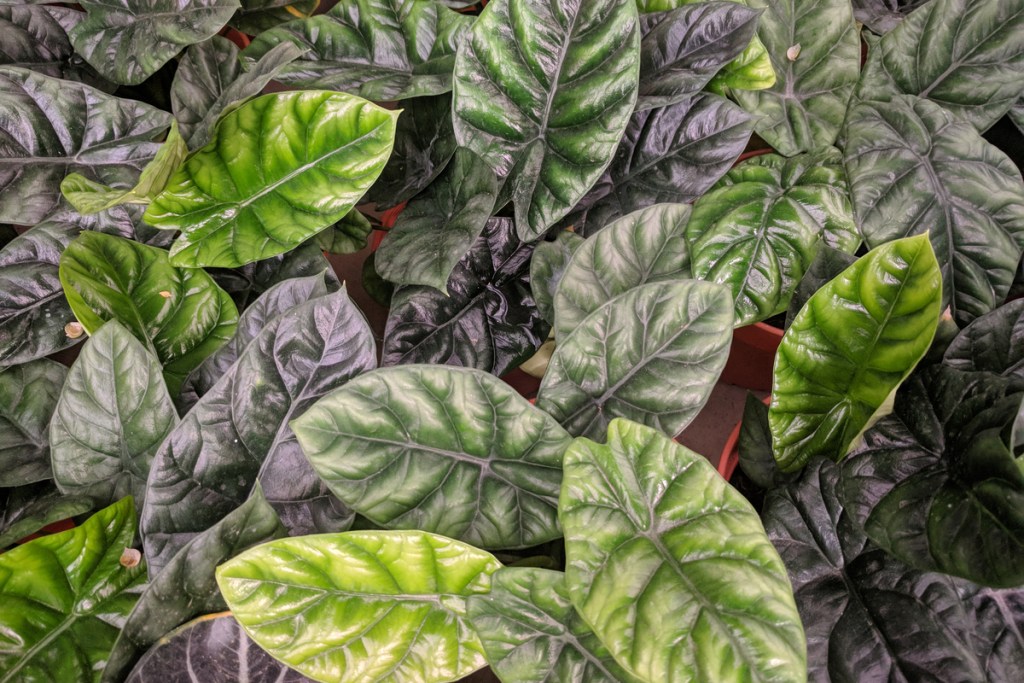If you’ve sifted through houseplant pages on Instagram, you’ve probably encountered stunning pictures of lush, rare plants. Once you become a plant expert, you might start feeling curious about the less common houseplants out there. Investing in a rare houseplant can rightfully feel like a high-stakes endeavor. However, with general knowledge of its care requirements, you’ll be able to nurture a truly one-of-a-kind houseplant in your collection. Ahead, we’ve rounded up tips on where to source rare houseplants and go over how to care for eight popular varieties.
Where to buy rare houseplants
First, we should talk about where to source obscure plant varieties. The easiest way is online. Etsy is a great place to start, although you’ll want to check out seller reviews and message suppliers with questions. Some plant enthusiasts also network on Instagram and Facebook, where you’ll occasionally find listings for rare cuttings. Again, it’s critical to be discerning when you’re buying plants online to avoid scams and price gouging. E-commerce retailers, such as Hirt’s Gardens, are also worth browsing, although the inventory will likely rotate based on availability. More local avenues for finding rare houseplants include farmers markets, organized plant swaps, and family-owned nurseries. Chances are, you’ll likely get better deals at these places, but locating your desired plant will be a bit of a treasure hunt!

Raven ZZ plant
The ZZ plant is notoriously one of the best houseplants for beginner plant hobbyists. Not only does it tolerate low light and little watering, but it can also go without fertilizer altogether. The typical ZZ features fleshy, oval green leaves that shoot out from its tubular roots. What makes the raven ZZ plant unique is its glossy black coloring — it’s genuinely stunning, especially since not many plants come with such dark leaves!
Monstera Peru
The monstera Peru is an aroid that’s somewhat of a crossover between a monstera and succulent. It showcases puckered, leathery trailing leaves that grow prolifically. This monstera is ideal for those who prefer a low-maintenance plant. It will certainly thrive with high humidity and bright indirect light, but it can be a drought-tolerant and low-light plant depending on its environment. You’ll only need to water it once a week — overwatering can actually lead to root rot and leaf discoloration.
Philodendron Burle Marx
Named after Brazilian landscape architect Roberto Burle Marx, this easygoing philodendron is an upright shrub variety with thick green leaves. Since it usually only grows up to two feet tall, it’s an excellent option for apartment dwellers who might not have room for a long, trailing plant. If you’ve taken care of a philodendron before, the care requirements should be the same for this particular type. At the end of the day, all it needs to grow consistently is well-draining soil and plenty of bright indirect light.

Alocasia dragon scale
The stunning alocasia dragon scale, or alocasia baginda, features silvery green textured leaves with gray veins. It appreciates aerated, well-draining soil, so consider amending your potting mix with pumice or perlite to ensure that your roots don’t drown. That said, the alocasia dragon scale will do best if it’s given adequate moisture — dry periods may actually push it into dormancy. Additionally, dryness may also make it more attractive to spider mites, so humidity should be a top priority with this plant. And another note: at the beginning of the growing season, remember to feed your alocasia with a slow-release fertilizer.
Alocasia black velvet
The alocasia reginula, or alocasia black velvet, features velvety black leaves with silver veins, which makes it the perfect statement plant. While it’ll appreciate bright indirect light, it’ll also tolerate lower light environments. Water it when the top two inches of your pot dry out and use a humidifier to add moisture. Give it monthly feedings with diluted liquid fertilizer during the spring and summer.
Philodendron Florida alba beauty
As it grows, the philodendron Florida alba beauty pushes out trailing, glossy leaves with deep red petioles. The foliage starts out a mottled, creamy color, but eventually turns a medium green over time. This philodendron isn’t particularly high maintenance — it will do well with bright indirect lighting, weekly watering, and monthly fertilizing. As with most easy-care philodendrons, it can tolerate dimmer lighting, infrequent watering, and little fertilizing, but you may notice slower growth.
Variegated hoya carnosa compacta
The variegated hoya carnosa compacta features thick, twisted green leaves with splashes of a cream color. This hoya variety appreciates bright indirect light and moderate temperatures — direct light and hot conditions can cause its leaves to scorch. The carnosa compacta loves moisture; while you shouldn’t overwater it, do give it sufficient humidity to prevent it from becoming wrinkly and puckered.

Philodendron gloriosum
Similar in appearance to the alocasia black velvet, the crawling philodendron gloriosum features dark green leaves with contrasting white veins. Unlike alocasia, it can tolerate drought as well as a wide range of temperatures (between 45 and 95 degrees Fahrenheit, in fact). Situate your gloriosum inside of loose, well-draining soil and give it monthly feedings with diluted fertilizer.
While you might have a harder time tracking them down, rare houseplants are by no means impossible to find and grow. Many of these prized plants, are, in fact, varieties of common houseplants such as philodendron and monstera. After picking up a rare plant for the right price, brush up on its watering, fertilizing, and lighting needs to ensure that it thrives under your care!
Editors' Recommendations
- Stunning Monstera plants that you should add to your indoor plant collection
- Beyond basil and cilantro, add these unique plants to your indoor herb garden
- 5 easy-care spider plant varieties perfect for any home garden
- Easy hoya plants to add to your indoor plant collection
- Are these common houseplants safe for your cat? Read this guide to find out the scoop




